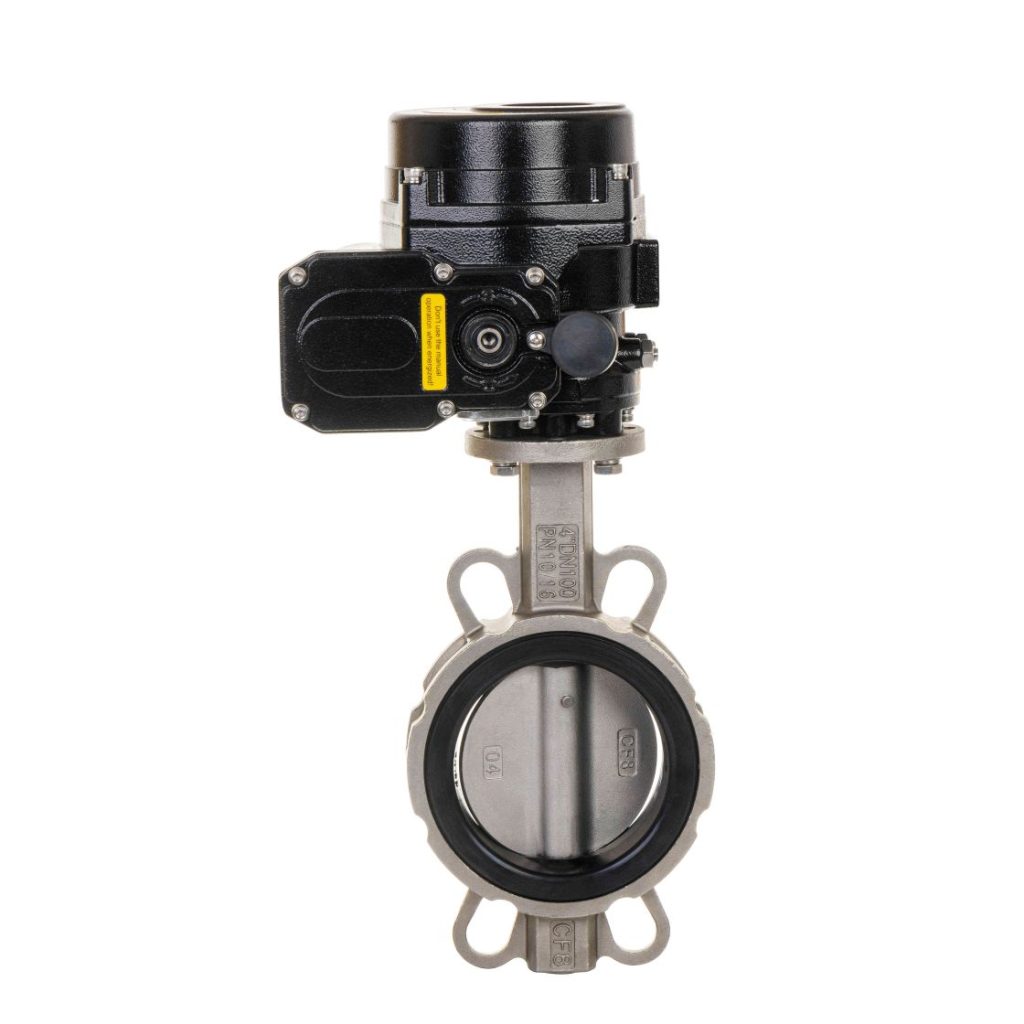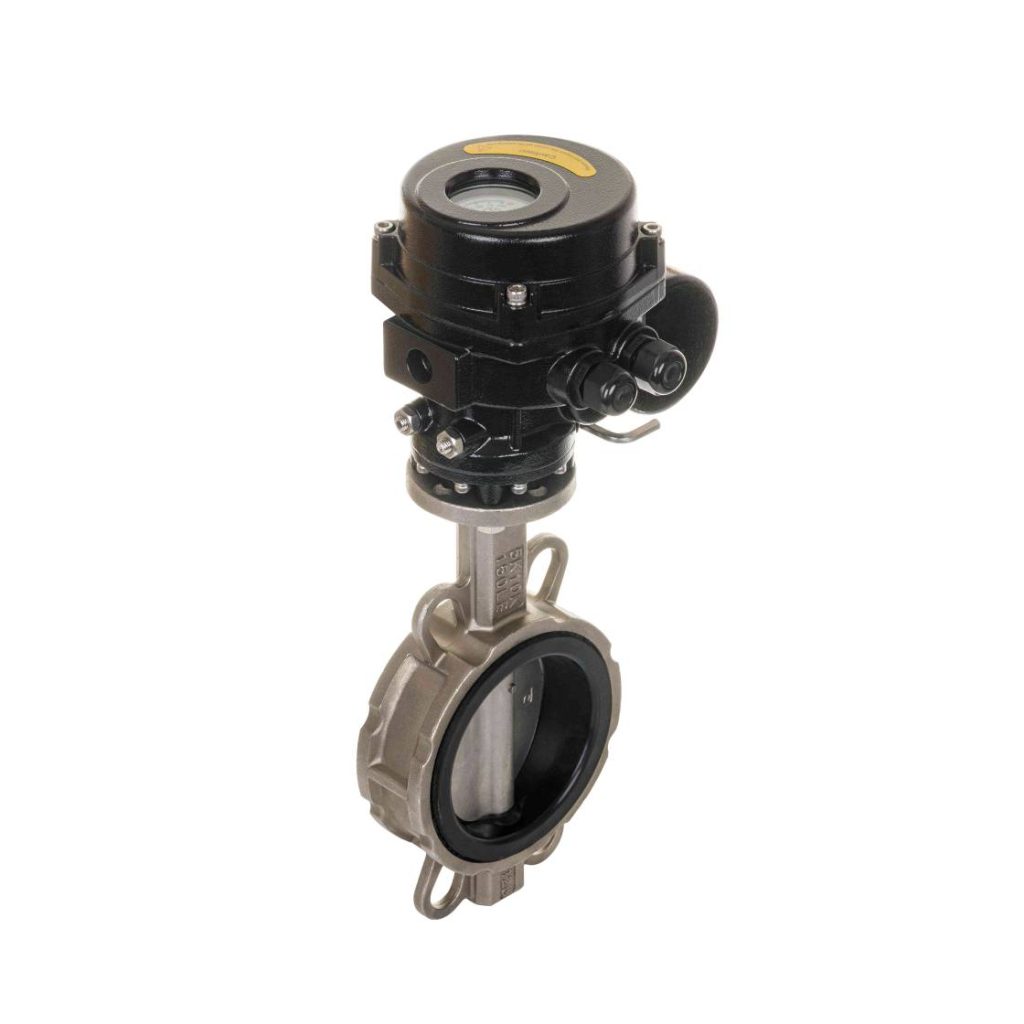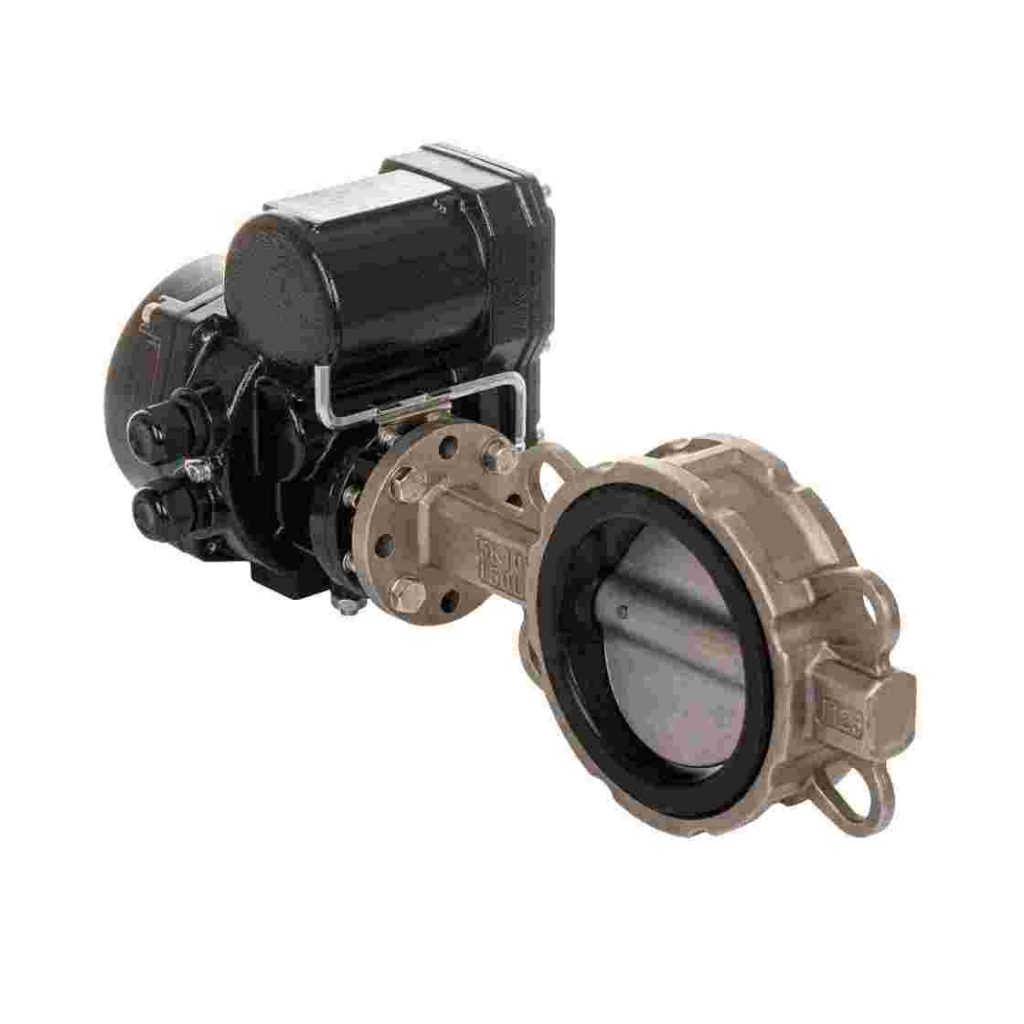The electric flanged soft seal butterfly valve is an essential component in modern fluid control systems, offering a reliable and efficient solution for managing the flow of liquids and gases in various industrial applications. This valve type combines the benefits of electric actuation, a soft sealing mechanism, and a flanged connection, making it a popular choice in many industries, including water treatment, oil and gas, chemical processing, and HVAC systems. In this article, we will delve into the design, functionality, advantages, and applications of electric flanged soft seal butterfly valves.

Design and Structure

The electric flanged soft seal butterfly valve typically consists of a few key components: the valve body, the disc, the seat, the shaft, and the electric actuator. Valve Body: The body is usually constructed from durable materials such as cast iron, stainless steel, or carbon steel, designed to withstand various pressure and temperature conditions. Disc: The disc is the central element that rotates to either allow or restrict flow. Made of the same materials as the valve body, it provides a robust sealing surface. Seat: The soft seat is made from elastomeric materials like EPDM, NBR, or PTFE, which provide an effective seal when the disc is in a closed position. This soft seal ensures minimal leakage, even at high pressures.
